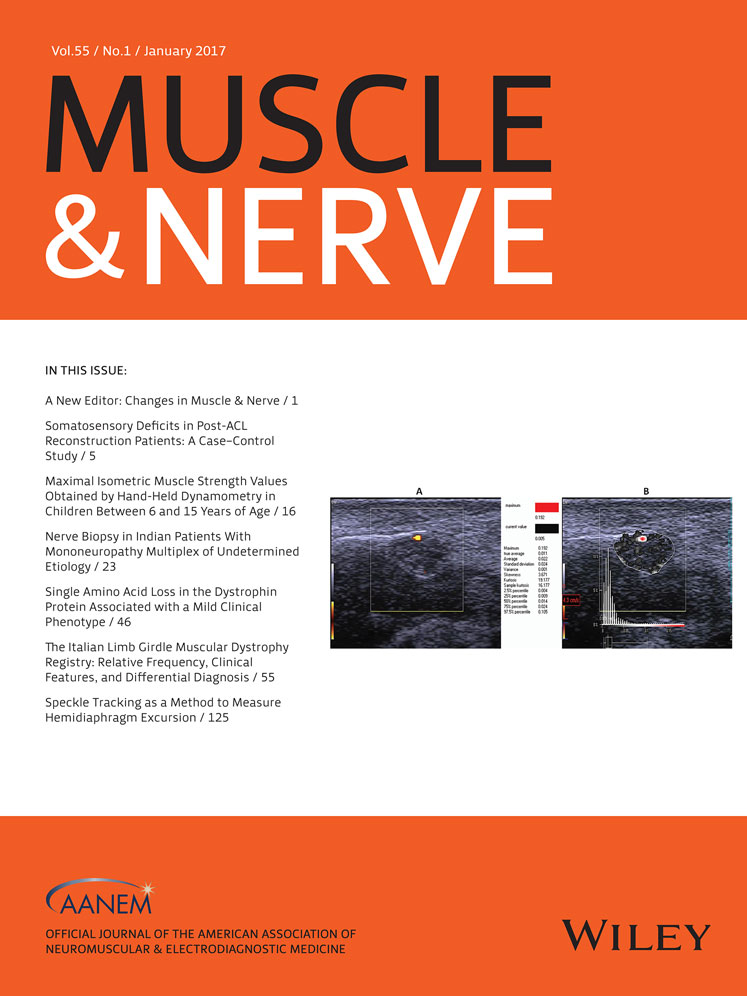Proper performance of autonomic function testing
This article was developed by members of the American Association of Neuromuscular & Electrodiagnostic Medicine (AANEM) with oversight by the AANEM Professional Practice Committee: Christopher H. Gibbons, MD (lead author); Jasvinder P. Chawla, MD, MBA; William P. Cheshire, MD; Bilal Saulat, MD; Benn E. Smith, MD; and Louis H. Weimer, MD. It was approved by the AANEM Board of Directors on August 22, 2016. It did not undergo further peer review by Muscle & Nerve.
ABSTRACT
Introduction
The aim of this position statement is to provide a recommendation from experts at the American Association of Neuromuscular & Electrodiagnostic Medicine (AANEM) on the proper performance of autonomic testing.
Methods
The AANEM Professional Practice Committee and selected AANEM members reached a consensus based on expert opinion on the training required to perform autonomic testing and the appropriate performance of such tests.
Results
Individuals without sufficient medical education in autonomic disorders are unqualified to interpret the data generated or to coordinate the findings with other clinical information in order to reach a clinical diagnosis.
Conclusions
The AANEM strongly recommends that autonomic testing procedures be performed by physicians with comprehensive knowledge of neurologic and autonomic disorders to ensure precise interpretation and diagnosis at the completion of the testing. The same physician should obtain a relevant history and physical examination and should directly supervise and interpret the data on-site and in real time. Muscle Nerve 55: 3–4, 2017




